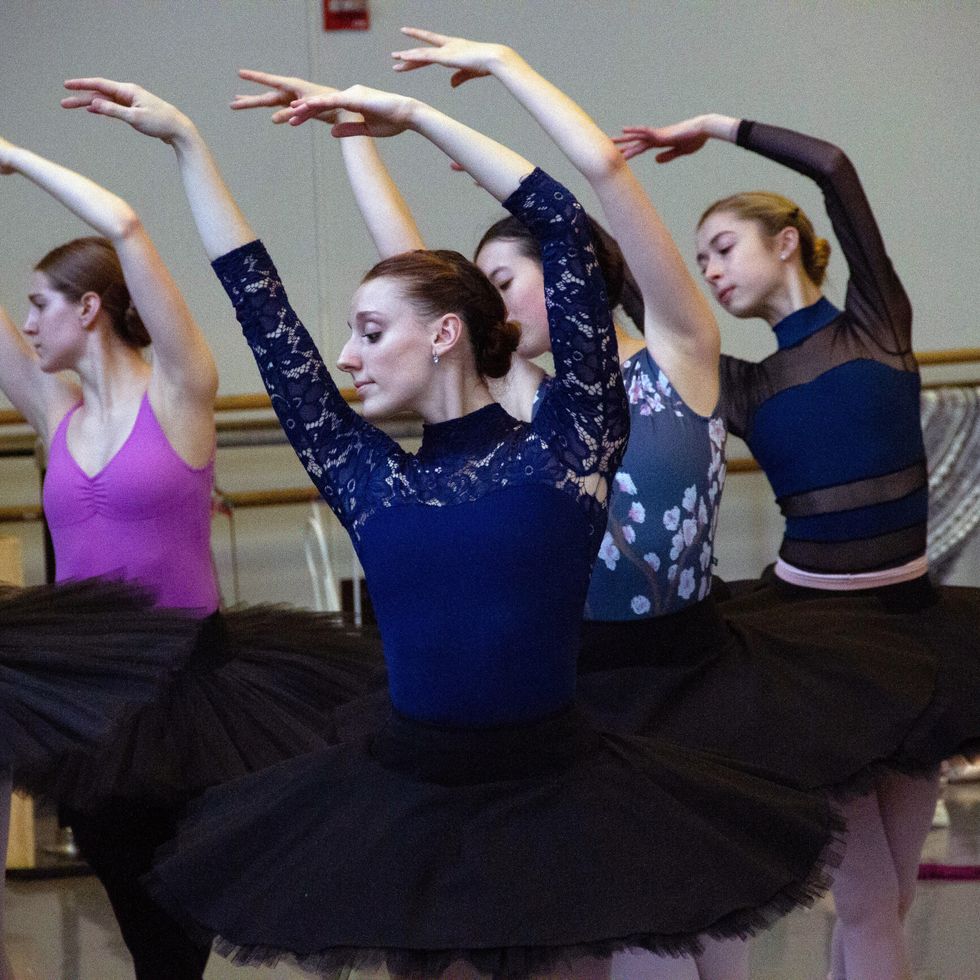Are Young Dancers Specializing Too Soon?
Young dancers are often set on a specific career goal, whether it’s becoming a principal at their dream ballet company or performing backup for their favorite pop star. But are today’s students becoming laser-focused on one style too soon?
In sports medicine, a growing body of research suggests that specializing in one form of training increases the risk of injury and burnout in young athletes. Not all sports medicine research is analogous to dance, but some dance-medicine practitioners, and dancers, say it might be best for students to mix it up.
“Diversification helps cut down on injury and reduces stress,” says Dr. Melody Hrubes, medical director for the Radio City Rockettes. “But dancers are working with the perception that if you’ve not learned something early enough, you’ve missed the opportunity.”
The Research
Last year, the International Olympic Committee released a statement based on analysis of multiple studies that professional-track, specialized sports training in athletes under age 12 can cause “an ongoing escalation in sport-related injuries and health problems…including overuse injury, overtraining and burnout.”
Another study from the American Academy of Pediatrics noted that in addition to physical risks, specializing at a young age can also stifle social and emotional development because students become too dependent on their insular training world.
 Kansas City Ballet dancer Courtney Nitting says consistently taken classes in other styles and cross training has helped her stay technically strong and emotionally resilient. “I found new parts of my body that I didn’t know I could use or that I needed to strengthen,” she says. “It’s good to do things outside of dance or other styles so that when you go back to what you really love, you appreciate it that much more.”
Kansas City Ballet dancer Courtney Nitting says consistently taken classes in other styles and cross training has helped her stay technically strong and emotionally resilient. “I found new parts of my body that I didn’t know I could use or that I needed to strengthen,” she says. “It’s good to do things outside of dance or other styles so that when you go back to what you really love, you appreciate it that much more.”
Savanna Daniels, Courtesy Kansas City Ballet
Does This Apply to Dance?
Dr. Marc Harwood, the chief of nonoperative sports medicine at Rothman Orthopaedic Institute in Philadelphia, who works with dancers at Pennsylvania Ballet, says that the mental health aspects of those studies pertain to dance more than the injury findings. While contact sports tend to see more traumatic injuries, such as ACL tears and separated shoulders, dance injuries are typically repetitive-strain injuries in the lower limbs, caused by overuse. And there is currently little research on the risk factors and prevention of dance injuries.
“There’s not a lot of data to support the contention that specializing in dance can contribute to repetitive strain injuries. But there’s not a lot of data to deny it, either,” says Harwood. “The dance community is often unfairly left out of sports research, even though it’s just as athletic.”
The Takeaway
Both Harwood and Hrubes say that it’s likely best for young dancers to physically move their bodies in a variety of ways. “The challenge is: How do you fit that in when you’re dancing five to six hours a day?” asks Harwood.
Many schools solve for this by adding one class a week from another style. Hrubes says this is a start but is perhaps not enough to make a real difference.
“One could argue that modern dance is different enough from ballet,” says Hrubes. “But basketball and volleyball are both overhead sports, the same essential motions, so those wouldn’t really count as different enough.”
The trend to put kids who are “serious” about sports in specialized, intensive training is just as common in dance. While it’s hard to hold off on such immersion until later, it would likely benefit young students.
“Doing multiple types of movement makes for a better dancer,” Harwood says. “You know your body better and you have more tools in your tool kit. And the variety keeps it interesting and prevents burnout.”




